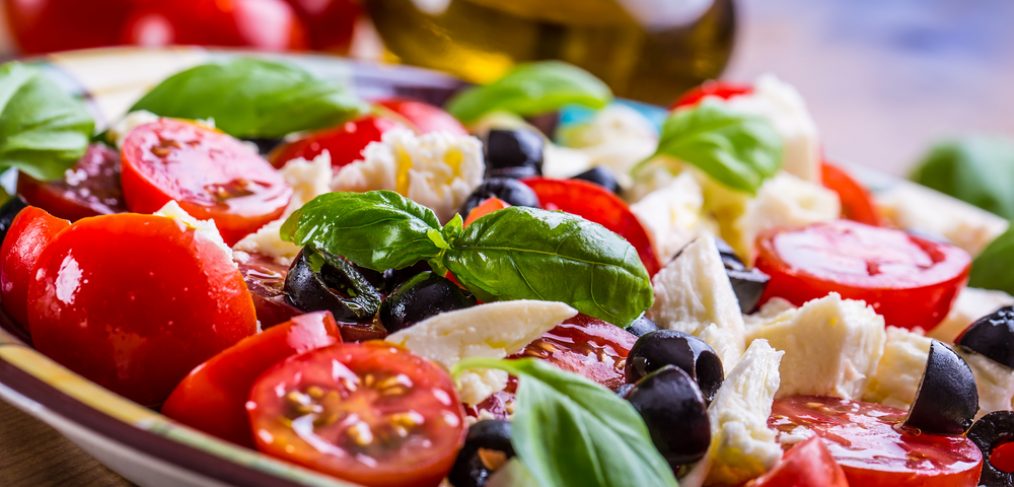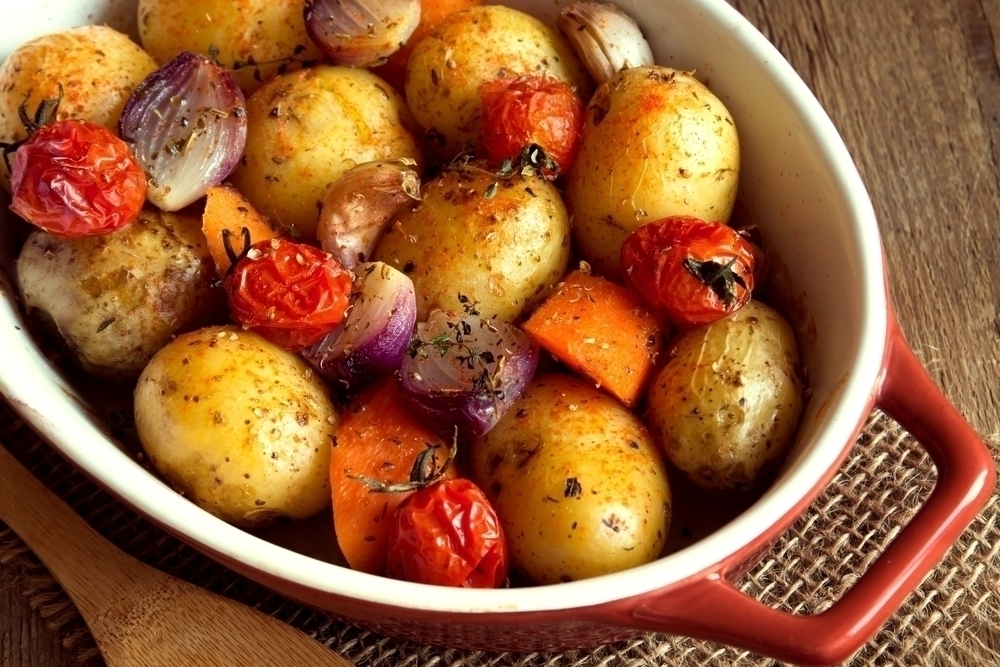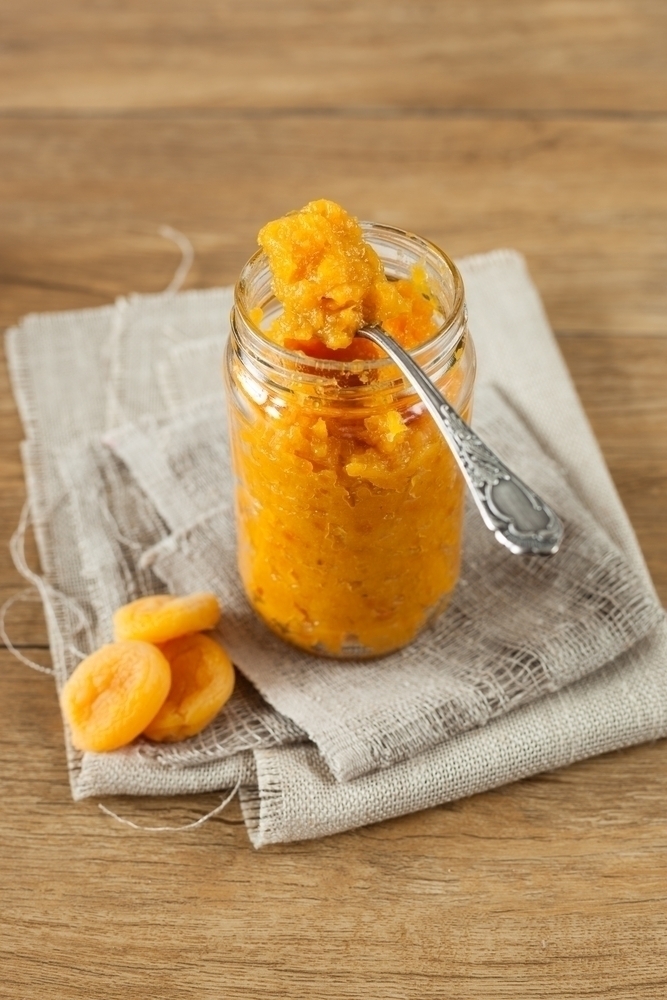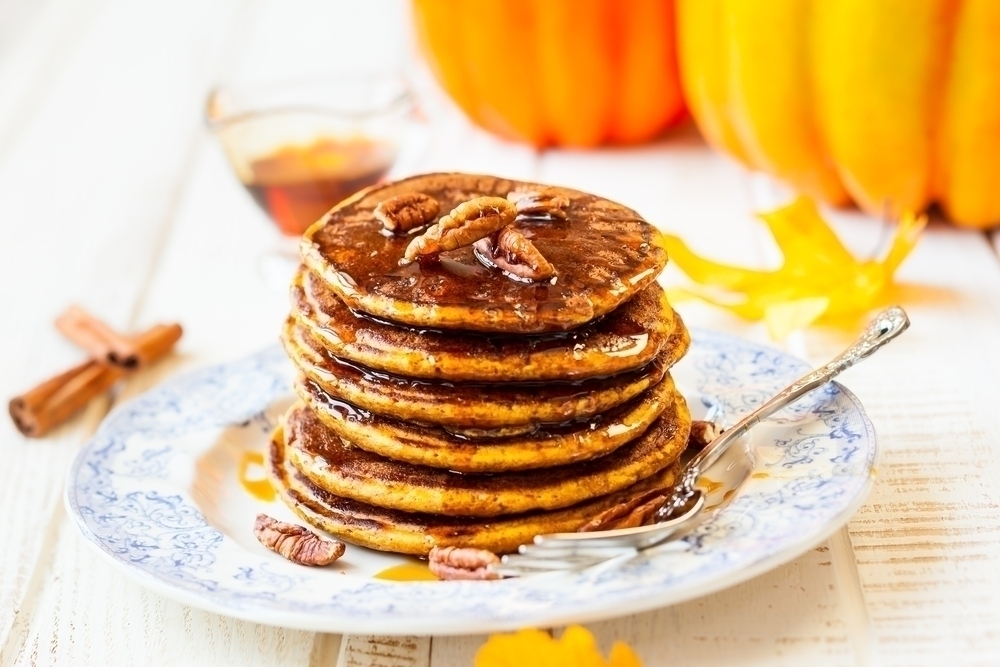To get the healthiest, most radiant skin, you’ll have to do some year-round maintenance work. One thing that remains constant during every season of the year is that you want to be sure you are protecting your skin against damaging UV rays. However, some other areas of your skincare routine may require tweaks here and there as the seasons, and your skincare needs, change. Discover what the main seasonal concerns are and how you can best address these to keep your skin healthy and happy.

Winter
Dry, flaky, irritated and itchy skin are all common complaints during the winter months. In addition to protecting your skin from the sun, you also need to protect your skin from other environmental elements. Harsh winds, freezing temperatures and incredibly dry air can all wreak havoc on your skin in winter and one way to fight back is to keep your skin covered when possible. Items like gloves and scarves can help to easily protect your skin.
You may need to switch out some of your fall products for more heavy duty formulations in the winter. Consider the following ideas when remedying winter skin:
- Switch from a gel cleanser to a creamy or oil-based cleanser
- Swap your toner for a more moisturizing one to soothe dry skin after cleansing
- Look for moisturizers containing ingredients like hyaluronic acid, glycerin and ceramides for maximum hydration
- Use gentle exfoliants on your face and lips to keep dry, flaky skin at bay

Spring
Say goodbye to the dry, flaky skin of winter by starting spring with some much-needed exfoliation. Using chemical exfoliants such as alpha and beta-hydroxy acids is a great way to gently remove dead skin cells and other debris. A homemade scrub of olive oil and sugar is perfect to get your arms and legs glowing again and to keep them looking great, consider investing in a dry brush. You may also want to:
- Change from heavy moisturizer to a lighter, oil-free moisturizer
- Keep lips well protected with balms and treatments that contain SPF
- Store your moisturizing toner for a lightweight toner or essence to treat skin and combat oil
- Remember that you still need to be protecting your skin with an SPF every day during spring.

Summer
Perhaps the biggest complaint regarding summer skincare is the presence of excessive oil. Part of why this happens is that the warm temperature can liquefy the sebum (oil) in your pores, which causes the oil to leak out onto the surface of your skin resulting in unwanted shine. When you mix sweat with the oil, your skin looks not only greasy, but it feels uncomfortable as well. Combat excess oil in the summer by:
- Use a gel or foaming cleanser to thoroughly remove dirt, oil and sweat from your face
- Decrease the intensity of your moisturizer to a lightweight lotion or a serum
- Use beta-hydroxy acid to deep clean pores and help stop excess oil
- Look for a sunscreen that contains mattifying properties
Summer fashion exposes far more skin, so be sure that you are applying sunscreen to any area of your body that is exposed. A general guideline is to use the equivalent of a shot glass (1 oz) to cover your entire body. If you are using a chemical sunscreen, apply 20 to 30 minutes before sun exposure so your skin has a chance to fully absorb the product. Mineral sunscreens can be applied immediately before stepping into the sun. One application of sunscreen a day isn’t enough if you’re going to be outdoors; reapply sunscreen every two hours or after every time you immerse yourself in water. Protective clothing such as hats and sunglasses are also a good idea to protect yourself.

Fall
Drier skin isn’t the only fall skin concern that you need to be worried about. Your skin may go into a bit of shock after summer and this manifests as visible sunspots and signs of aging like fine lines and wrinkles. With all of the excess oil that your glands produced during summer, you may have enlarged pores heading into the fall. To keep your skin looking healthy in the fall you should:
- Store your lightweight moisturizers and serums and begin to use a more heavy duty product
- Use a gentle cleanser, toner and exfoliant because skin is sensitive from UV damage
- Begin using retinol to erase signs of sun damage from the summer
- It should go without saying (but we’ll say it anyway) that you need to continue using an SPF daily to protect from further sun damage.
If you are using quality skin care products with great ingredients and formulations, there is a good chance that you won’t need to change your entire collection of products with each season. A few key items here and there can help you keep your skin healthy during every season of the year. Sunscreen is always in season, so don’t forget to stock up on it when you create your seasonal skincare routine.












